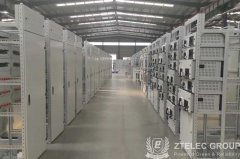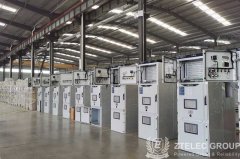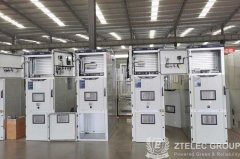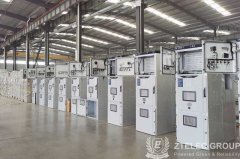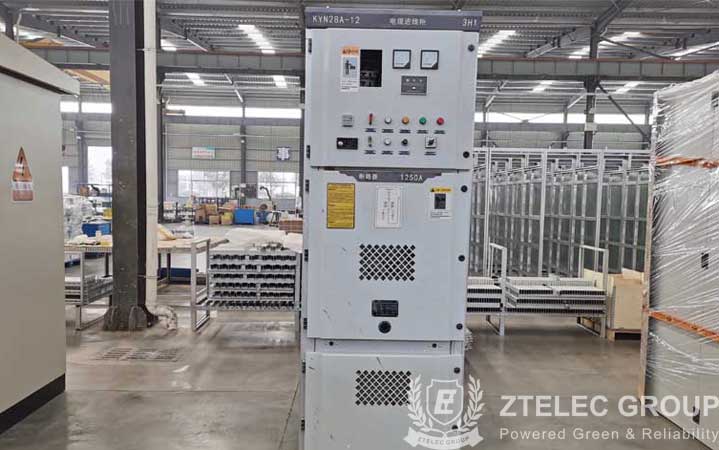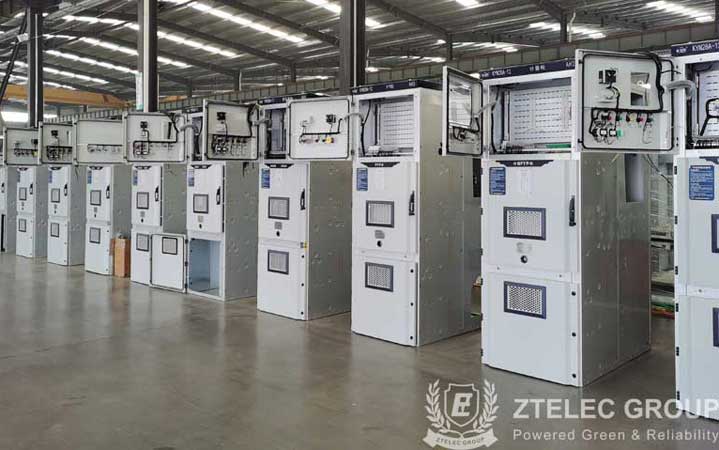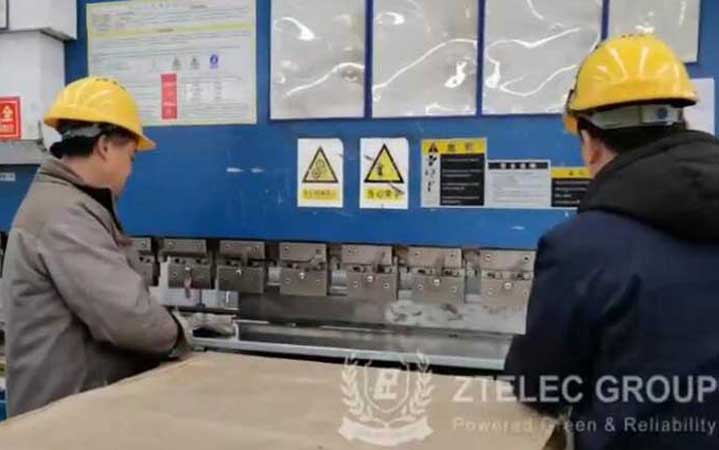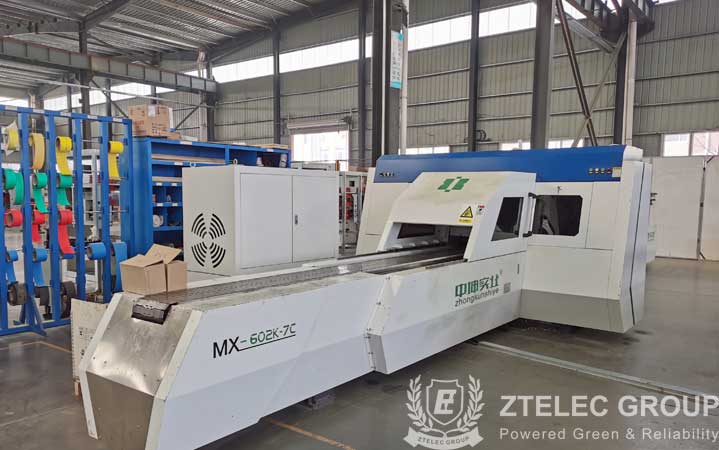How many kinds of high voltage switchgear can be divided into from application?
High voltage hv switchgear panels can be divided into the following categories:
(1) Inlet cabinet: also known as receiving cabinet, it is used to receive electric energy from the grid (from the incoming line to the bus). Generally, it is equipped with circuit breaker, CT, PT, isolating knife and other components.
(2) Isolation cabinet: it is used to isolate the bus at both ends or to isolate the power receiving equipment and the power supply equipment. It can provide a visible endpoint for the operation personnel to facilitate maintenance and overhaul operations. Because the isolating cabinet does not have the ability to break and connect the load current, it is not possible to push and pull the handcart of the isolating cabinet when the circuit breaker with it is closed. In the general application, it is necessary to set the circuit breaker auxiliary contact and the interlock of the isolated hand car, to prevent the operator's misoperation.
(3) Busbar contact cabinet: also known as busbar cutting cabinet, it is used to connect two sections of busbar (from busbar to busbar). Bus connection is often used in single bus section and double bus system to meet the requirements of users to choose different operation modes or to ensure selective cutting load in the case of failure.
(4) Outlet cabinet: also called feed cabinet or distribution cabinet, is used to distribute electric energy equipment (from the bus to each outlet), generally also installed with circuit breaker, CT, PT, isolating knife and other components.
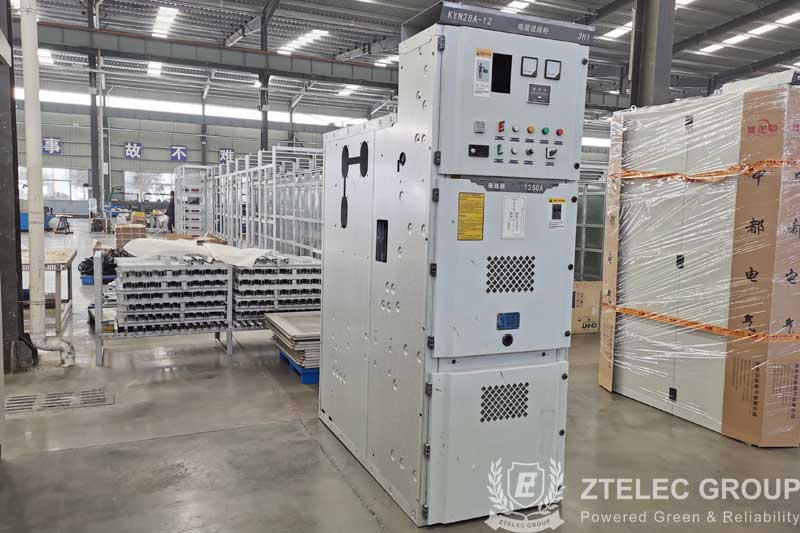
(5) PT cabinet: voltage transformer cabinet is generally installed directly on the bus to detect the bus voltage and realize the protection function. It is mainly equipped with installation voltage transformer PT, isolating knife, fuse and lightning arrester inside the cabinet.
(6) Metering cabinet: it is mainly used for electricity metering (KWH), and there are high voltage, low voltage, generally installed with isolation switch, fuse, CT, PT, active watt-hour meter (traditional instrument or digital meter), reactive watt-hour meter, relay, and some other auxiliary secondary equipment (such as load monitoring instrument).
(7) GIS cabinet: Also called enclosed combination electric cabinet. The circuit breaker, isolating switch, grounding switch, CT and PT, lightning arrester, and bus are closely combined in metal casing, and then the gas with good insulation performance and arc extinguishing performance (generally sulfur hexafluoride SF6) is used as the insulation between phase and ground. GIS cabinet is suitable for high voltage level and high capacity level in the grid. The substation high voltage switchgear is used for power distribution and control.
(8) Capacitor cabinet: also called compensation cabinet, it is used to improve the power factor of the power grid, or for reactive power compensation. The main device is a group of capacitor banks in parallel together, switching control loop, fuse and other protective appliances. Capacitor cabinet is generally installed side by side with the inlet cabinet, one or more capacitor cabinets can run side by side.

